April Tryst Camellia Japonica – 7 Gallon Pot (3-4′)
$179.85 Original price was: $179.85.$98.99Current price is: $98.99.
SKU: D2LSC 8068193592 Category: SHRUBS & BUSHES
- Shop with ease, buy with confidence.
- Safe and Secure Payments, Always
- Prompt service, every time.
- Fast, friendly, always here to help.

April Tryst Camellia Japonica
Camellia japonica ‘April Tryst’
Plant Details
USDA Plant Hardiness Zones: 6a-9b Find Your Zone
Plant Type: Evergreen Flowering Shrub
Species: Japonica (Spring blooming)
Height at Maturity: 8′ or so
Width at Maturity: 5′ or so
Spacing: 4′ for solid hedges; 8’+ for space between
Flower Color: Deep True Red, Rose-Red
Flower Size: 4″
Flowering Period: Spring – March, April, and May
Flower Type: Anemone Form, Double
Fragrant Flowers: Yes
Foliage Color: Dark Green
Fragrant Foliage: No
Berries: No
Berry Color: NA
Sun Needs: Morning Sun with Afternoon Shade or Filtered Sun, All Day Filtered Sun
Water Needs: Average, Lower when established
Soil Type: Clay (amended), Loam, Sand (amended), Silt
Soil Moisture / Drainage: Well Drained Moist
Soil pH: 5.0 – 6.5 (Acid)
Maintenance / Care: Low
Resistances: Deer – more info, Drought (when established), Heat, Humidity
Intolerances: Direct Afternoon Sun, Constantly Soggy Soil
Attracts: Visual Attention
Description
April Tryst is a prized selection from the April Camellia Series, which were developed to have improved winter cold hardiness and a later bloom cycle than most other Camellia japonica. It is one of the few Camellia japonica recommended for growing in USDA Zone 6a, as far north as St Louis, Missouri!
One of the most cold hardy in the April Camellia Series, ‘April Tryst’ produces an abundance of absolutely gorgeous, 4-inch wide, double, anemone-form fragrant flowers with petals graced in shades of deep red to rose red for an eye-catching show of color in March, April, and May. Glossy dark green foliage provides amazing contrast and a wonderful backdrop for the plentiful flowers. The flowers are excellent for cutting and display in indoor flower arrangements. A must have for camellia enthusiasts and collectors as well as those who love unique and interesting flowers.
Landscape & Garden Uses
Growing to about 8 feet tall and 5 or so feet wide, the April Tryst Camellia can be grown as a shrub or small tree. As a shrub, it is ideal for use as a specimen, in groupings, or as a hedge or background plant in partially shaded landscape borders and is especially nice as a corner plant or espalier (trained to grow flat against a wall) in home foundation plantings. As this camellia grows, lower branches can be removed to form a small tree that serves well as an attractive and colorful focal point specimen in landscape borders and home foundation plantings. A fine addition to camellia gardens, red theme gardens, cottage gardens, cut flower gardens and woodland borders. Also suitable for containers that can be brought indoors during winter by those who live and garden above USDA Zone 6a, where this camellia variety is not reliably winter hardy. Find Your Zone
Suggested Spacing: 4 feet apart for solid hedge; 8 feet or more apart for space between plants
Note: For our customers who live and garden north of USDA Plant Hardiness Zone 6a, where this Camellia variety is not winter hardy, you’ll be happy to know it can be grown in containers that can be brought indoors during winter and placed back outside when temperatures warm up in spring.
Growing Preferences
Camellia adapt well to various soil types however prefer a moist but well-drained acidic soil that is rich in organic matter. Constantly soggy soil is a slow killer. In general, Camellia grows and blooms better in partial shade with some shelter from the hot afternoon sun. Morning sun with afternoon shade or filtered sunlight is perfect. All-day filtered sun is fine.
Helpful Articles
Click on a link below to find helpful advice from our experts on how to plant and care for Camellias.
- Planting Camellias
- Pruning Camellias
- How To Fertilize & Water Camellias
- How To Espalier Plants & Trees
*Espalier (pronounced: ih-spal-yay) …an ornamental shrub or tree that has been trained to grow flat against a wall, fence, or other vertical, flat surface.
Plant Long & Prosper!
Meet The Wilson Brothers & Staff
Questions? Contact Us
Be the first to review “April Tryst Camellia Japonica – 7 Gallon Pot (3-4′)” Cancel reply
Related products
Sale!
SHRUBS & BUSHES
Sale!
SHRUBS & BUSHES
Sale!
SHRUBS & BUSHES
Sale!
SHRUBS & BUSHES
Sale!
SHRUBS & BUSHES
Sale!
SHRUBS & BUSHES
Sale!
SHRUBS & BUSHES
Sale!
SHRUBS & BUSHES


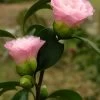
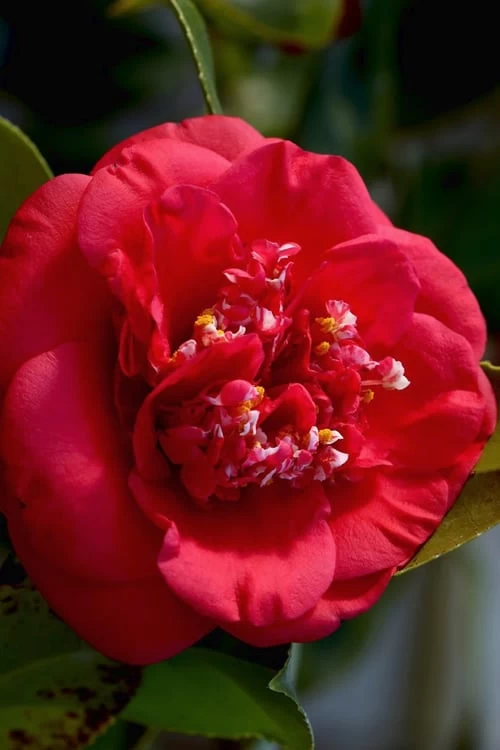
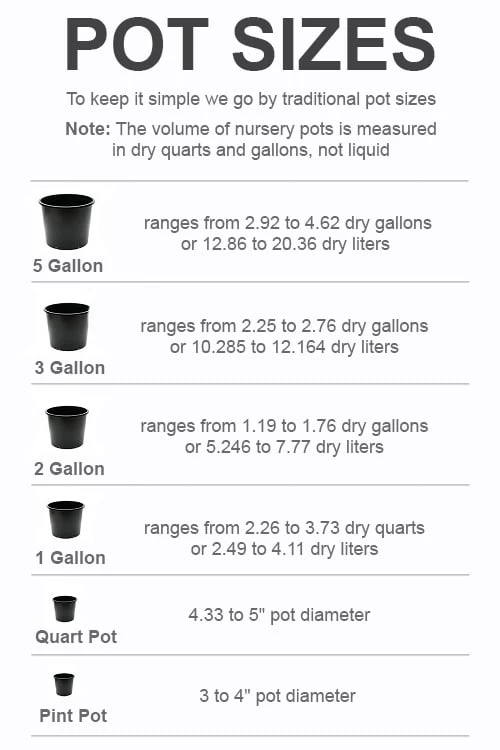

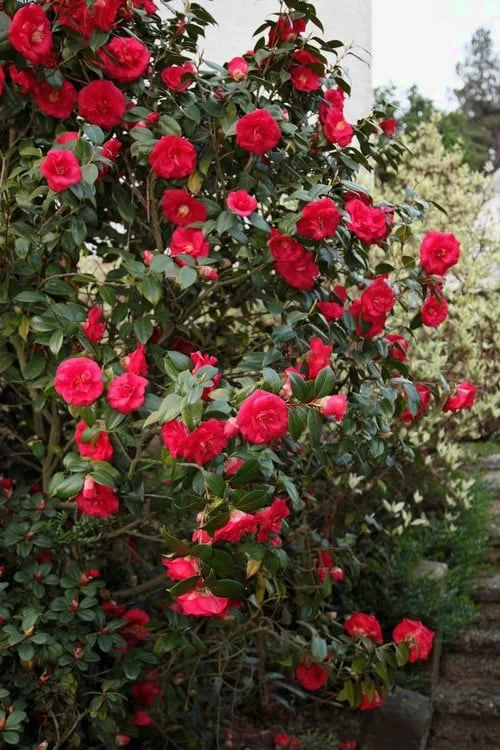


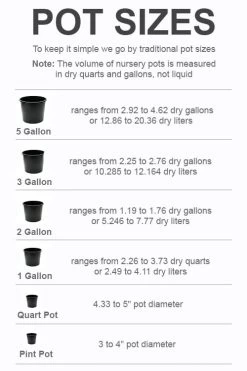

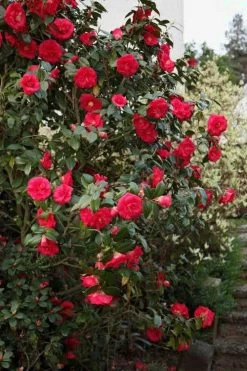

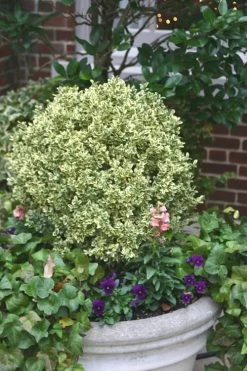
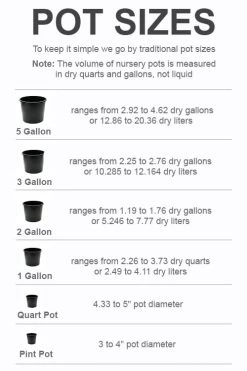
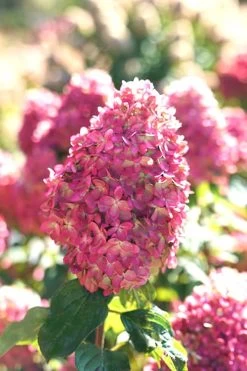
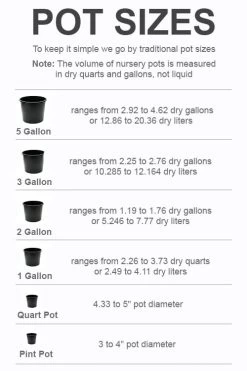
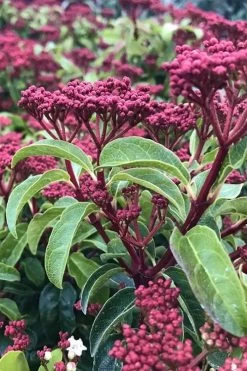
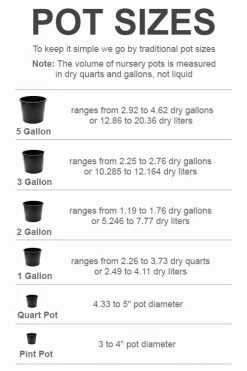
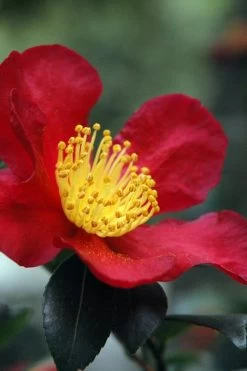
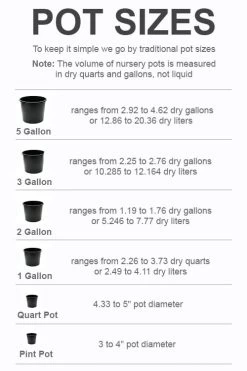
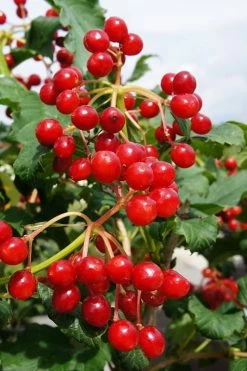


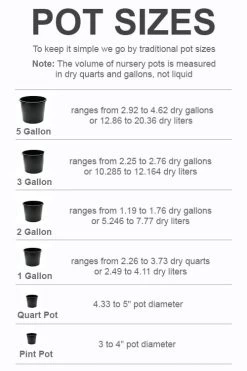

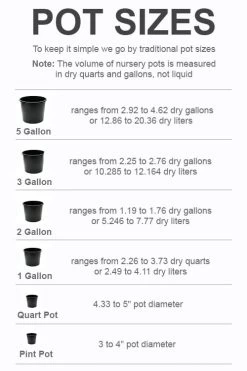
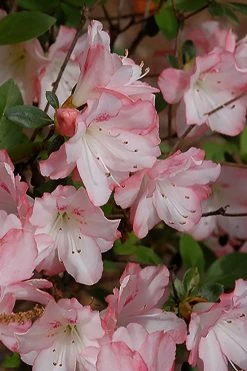
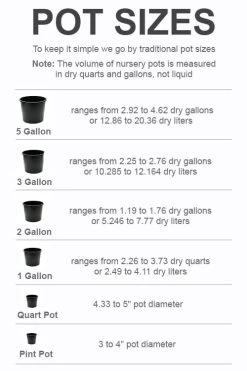
Reviews
There are no reviews yet.